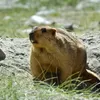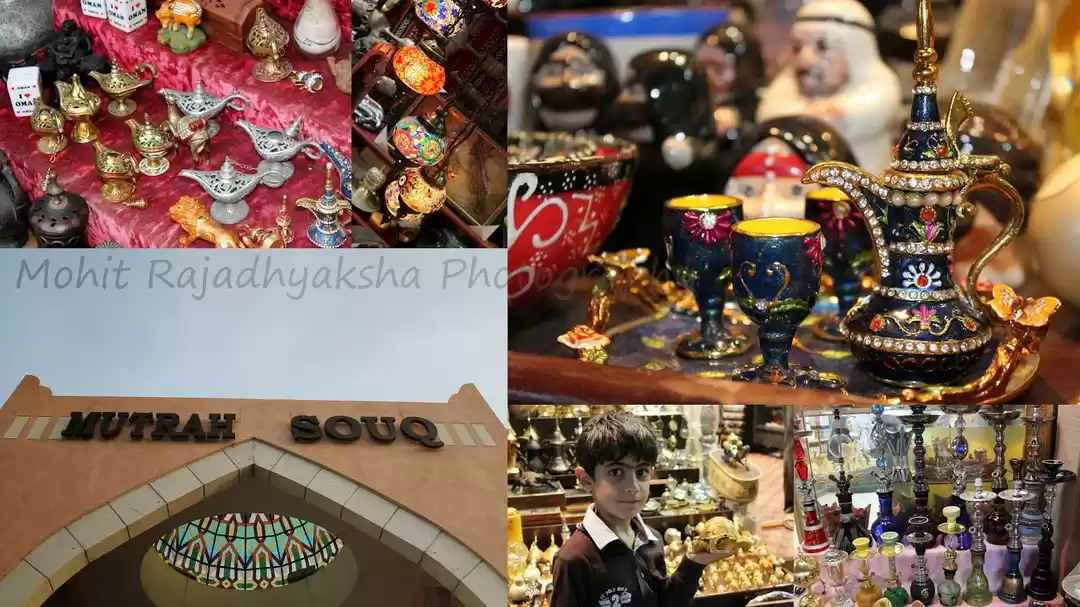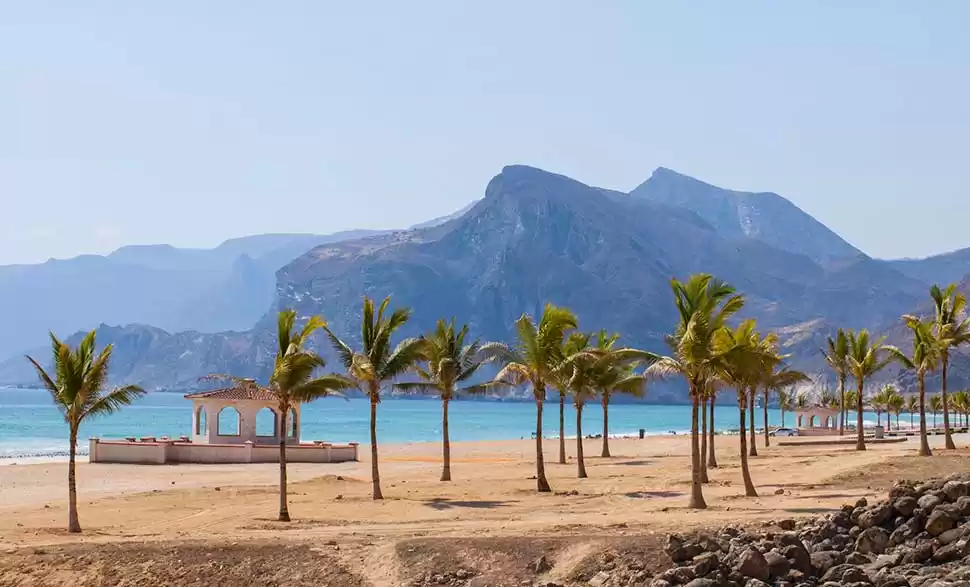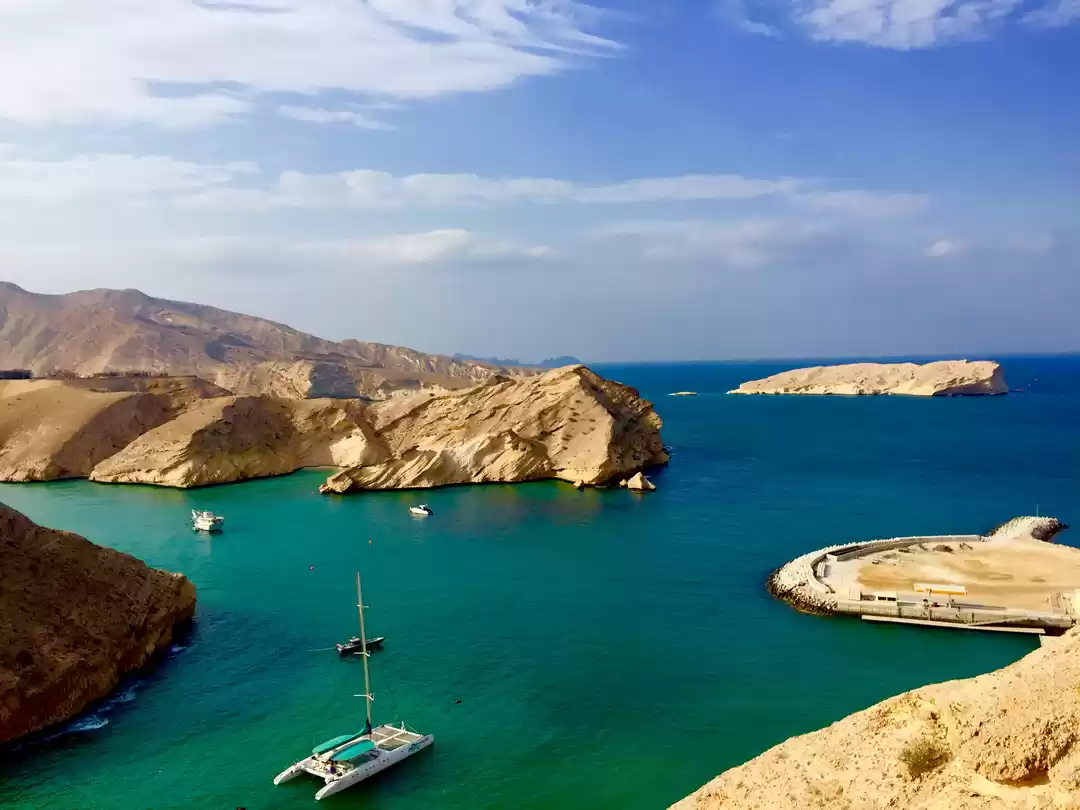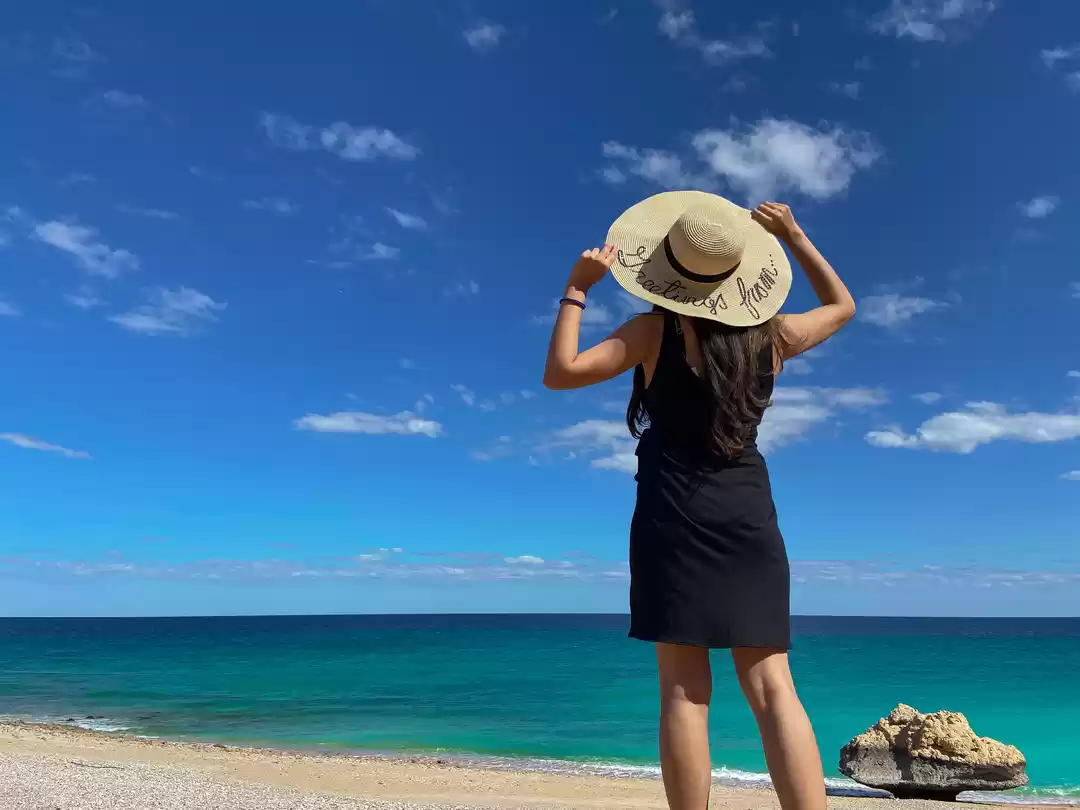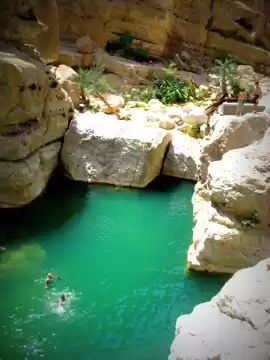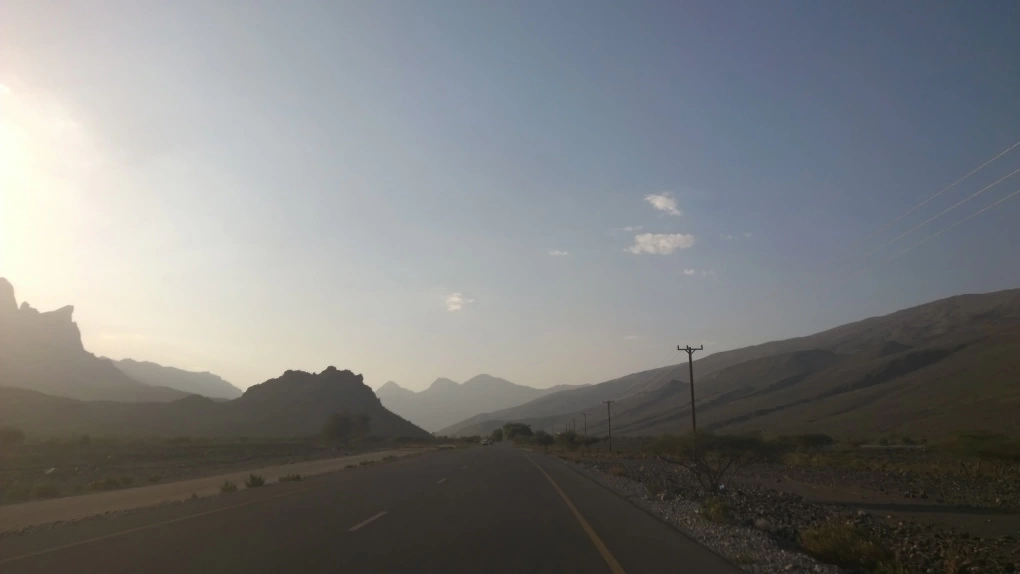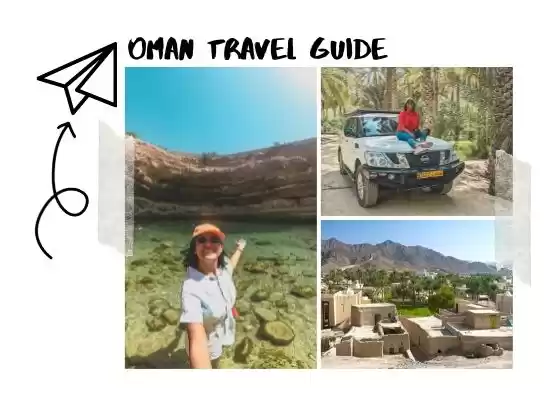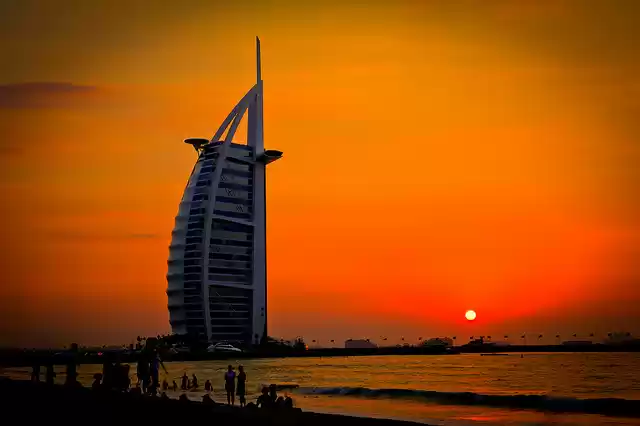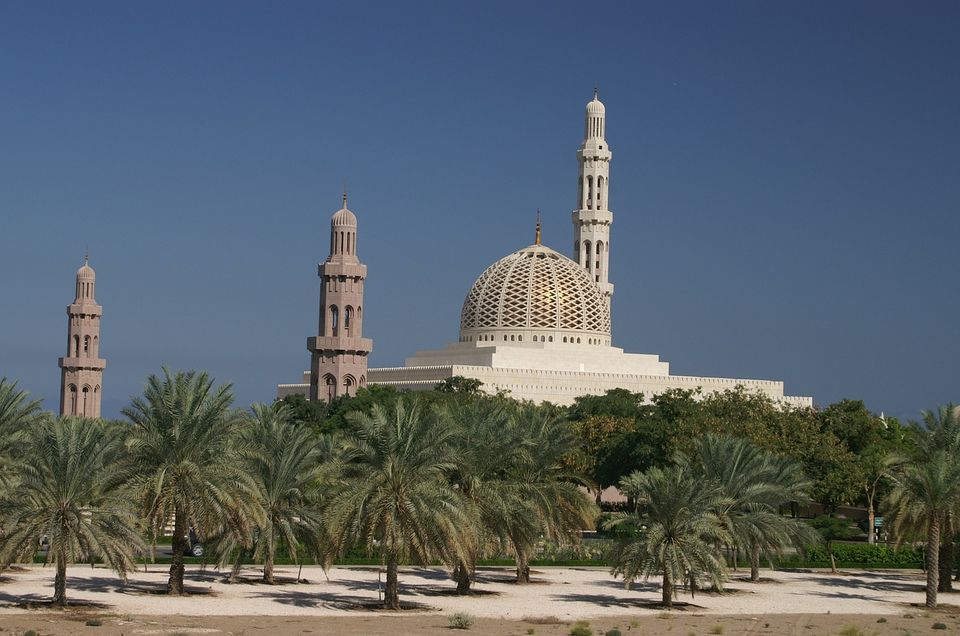
What comes to your mind when you think of Oman? My traveller mind usually conjures images of deserts, Arabian palaces, stunning mountains and impenetrable forts along with oasis that I have read in books for so long. Situated on the edge of the Arabian Peninsula, Oman is a country of vivid landscapes, spectacular desert dunes, medieval cities and rich cultures. Though Oman is now a modern and luxurious travel destination, combining the traditional values of an ancient civilization with up-to-date luxury, the country is relatively undiscovered compared to other Middle East countries.
The delights that Oman offers are plenty. And that you are here means you are planning a trip to Oman. Here is a 15 days itinerary for Oman that will help you to travel around this beautiful country.
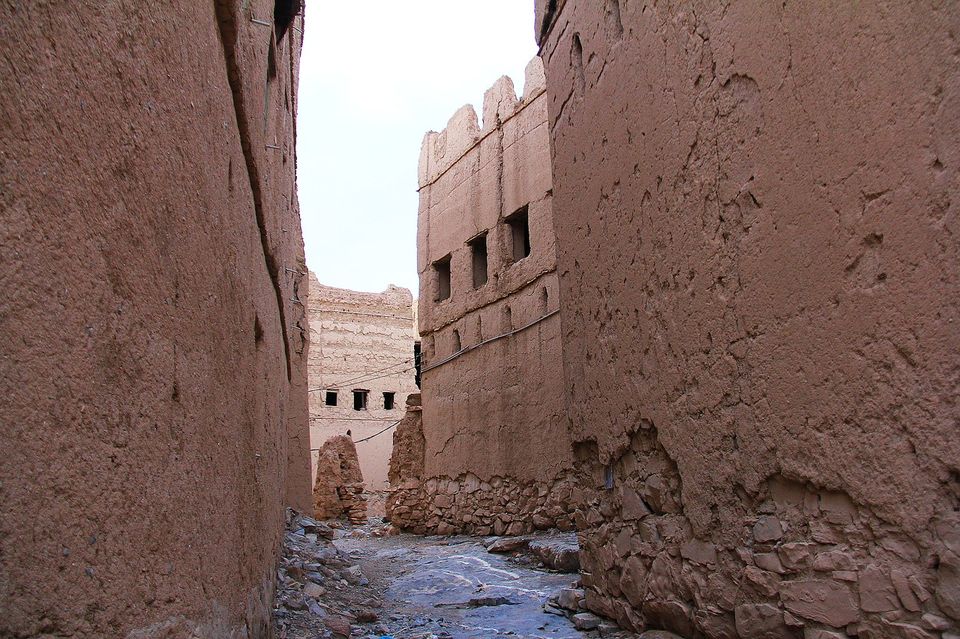
Budget in Oman
Oman is an expensive destination, no matter how you travel and how hard you try to save money. First, there is no real public transport system, so you have to rely on a car. Although car rentals and petrol costs are cheap, this remains a major part of the budget. The pinch is really faced in the prices for hotels though. Even a modest guesthouse runs between 90 to 120 USD. A good part of Oman is that you can camp at on lonely beaches (fishermen shuttle you back and forth), in the mountains, in the desert and probably everywhere else. Assuming that you will rent a car, here is a 15 days itinerary for the Oman trip.
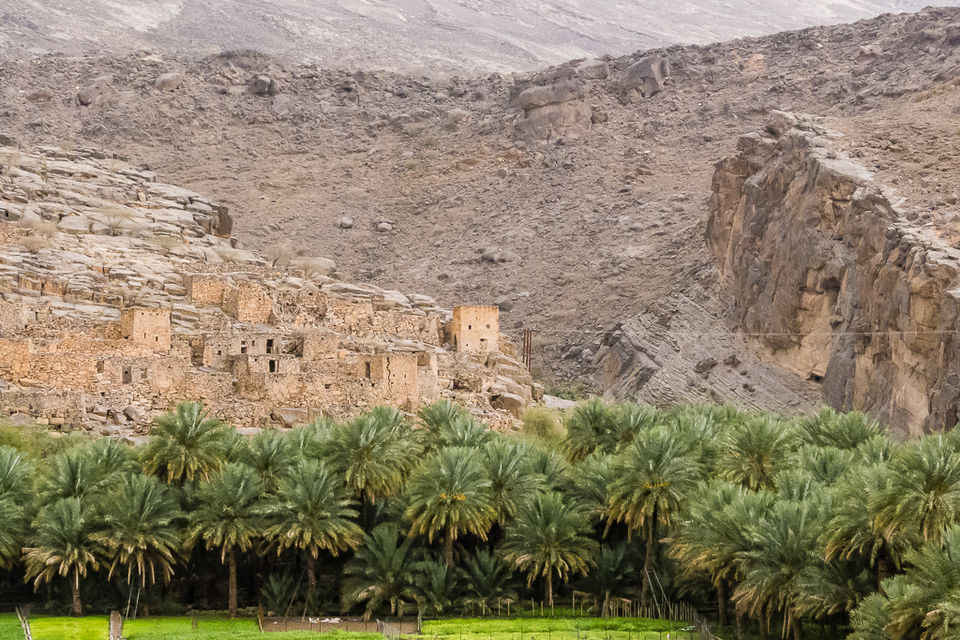
Day 1: Muscat – Sultan Center Al Qurum – Wadi Al Khoud
Highlights:
Muscat, the capital city comprises three small towns strung along 35 miles of coastal area. Visit the Grand Mosque, a beautiful architectural delight known for its grandeur. From here move on to the Fish and vegetable markets in Muttrah. Visit the Muttrah Souq where you will find a mix of old and new. Also stop by the Sultan’s palace flanked by the 16th Century Portuguese forts of Jalali and Mirani.

Day 2: Wadi Al Khoud – Nakhal Fort – Wadi Al Abyad – Wadi Sahtan
Highlights
Nakhal Fort: This is one of the most prominent historical and magnificent monuments in the country. The fort was built on the foundations of a pre-Islamic structure. The towers and entranceway of this fort were constructed during the reign of Imam Said Bin Sultan in 1834. The fort has now been beautifully renovated.

Wadi Al Abyad: A beautiful valley located in Nakhal only an hour from Muscat. The wadi (valley) offers its visitors a nice trekking path, some fresh water pools and many plants and palms on both sides of the wadi, making it a beautiful place for short hikes and picnics.
Wadi Sahtan and Madruj: The route is extremely beautiful through the mountains. Madruj is a tiny village with an amazing view of the Hajar Mountains. For the night, you can camp at Wadi Sahtan.

Day 3: Wadi Sahtan – Little Snake Canyon – Wadi Bani Awf – Al Hamra
Highlights
Wadi Bani Awf & Little Snake Canyon: Wadi Bani Awf offers some of the best off-road driving experienced in Oman with beautiful scenery and stunning cliffs and canyons throughout. The wadi covers a large area connecting several villages. The main attraction of the wadi is the Snake Canyon. Snake Canyon is one of the most popular destinations in Oman. 300 metres deep, this canyon is quite popular among adventure hikers and climbers.
Stay at Al Hamra for the night.

Day 4: Al Hamra – Jebel Shams – Bahla
Highlights
Jebel Shams: Standing at 3009 meters, Jebel Shams is the highest mountain in Oman. From Jebel Shams, you get the view into the spectacularly deep Wadi Ghul lying alongside it. Wadi Ghul is hauntingly beautiful and is also known as the Grand Canyon of Oman.

Day 5: Bahla – Bahla Fort – Misfat Al Abriyeen
Highlights
Bahla Fort: The fort is a UNESCO World Heritage Site and is also one of the oldest and biggest forts in Oman. Built in the 13th century, the fort is an impressive structure and one of the greatest examples of Omani architecture.

Stay overnight at Misfat Al Abriyeen. There is a beautiful bed and breakfast in the village called “Misfah Old House”
Day 6: Misfat Al Abriyeen – Wadi Damm – Beehive Tombs Al Ayn – Nizwa Souq – Jebel Akhdar
Highlights:
Misfat Al Abriyeen: This is a unique mountainous village boasting of amazing agricultural terraces, beautiful alleys, and old houses built on top of solid rocks. You can walk around the place exploring this mountain oasis.

Wadi Damm: This is one of the most beautiful wadis in Oman. The place is always filled with water and is also blessed with a magnificent natural frame and with few very old historical landmarks just on the way. A 4-wheel vehicle is needed to visit Wafi Damm.
Beehive Tombs Al Ayn: The tombs of Al Ayn are one of Oman’s most celebrated archaeological sites. The site of Al-Ayn consists of a series of tombs lined up on a rocky hill and consists of 19 well-preserved tombs in the main site.

Nizwa Souq: Souq or Souk is actually a marketplace and Nizwa Souq is one of the oldest and most extensive souqs in the country. Some of the souq’s loveliest products are things you can’t take home – like spices, henna powder, coffee, and other aromatics and edibles.



After a visit to these attractions, you can stay overnight at Jebel Akhdar.
Day 7: Jebel Akhdar – Al Mintirib
Highlights:
Jebel Akhdar: Jeber Akhdar literally means ‘Green Mountain’ in Arabic and is situated in a unique location 2,000 meters (6,560 feet) above sea level. There are several small villages dotted about the mountains and you can hike along these trails. This hikes are quite interesting and will provide you an insight of local Omani life.

Stay at Al Mintrib, a small village on the edge of the dunes for the night.
Wadi Bani Khalid: This is one of the most famous wadis of Oman popular with both adventure seekers and families. All year round, water flows from a natural spring in the upper reaches of the wadi making the place abundant with vegetation and lovely pools.

Sur and Al Ayjeh: Sur and Al Ayjeh are perfect coastal villages having lovely beaches. Al Ayjeh has a charming lighthouse, whitewashed houses and traditional dhows (boats) in the harbour. The only suspension bridge in Oman is between Sur and Al Ayjeh. Stay at Al Ayjeh for the night.

Day 9: Al Ayjeh– Ras Al Jinz and Ras Al Hadd
Highlights
Ras Al Jinz: Ras Al Jinz, located on the easternmost part of the Arabian peninsula is an important turtle nesting site for the endangered green turtle.

Day 10: Ras Al Hadd – Off-roading through the Eastern Hajar Mountains – Ibra
Highlights
Off-roading through the Eastern Hajar Mountains: The offroad drive through the Eastern Hajar Mountains is one of the most spectacular drives in Oman. A 4W vehicle is required for this drive. Steep, narrow roads, rugged mountains and the canyons make the drive a great thrill.
Stay overnight at Ibra.

Day 11: Ibra – Sharqiya Sands
Highlights
Ibra: Ibra is the gateway to the Sharqiya Region and is one of the ancient towns of Oman. The city contains many castles and old mosques and is surrounded by mountains with a great view.

Sharqiya Sands: The Sharqiya Sands are considered to be among the most beautiful camping areas in Oman. The Sand colours range from red to brown as far as the eye can see. The original homeland of the Bedouins, the sands are a good place to interact with Omani women.
Staying at a desert camp can be a great experience.

Day 12: Sharqiya – Off-roading through the Eastern Hajar Mountains – Jaylah Beehive tombs – Jaylah – Wadi Shab
Highlights:
Jaylah Beehive Tombs: Following a spectacular off-road traverse of the barren uplands at the top of the Eastern Hajar, you will come across a cluster of Bronze Age beehive tombs. The route is exceptionally beautiful and can only be negotiated by 4WD. Also travel through the serene Salmah Plateau at the summit of the Eastern Hajar mountains.

Day 13: Wadi Shab and Wadi Tiwi – Bimmah Sinkhole – Wadi Shab
Highlights
Wadi Shab: Another very beautiful wadi in the Al Sharqiyah Region in Oman, it is a very popular destination. People come here for the nature, to swim in the fresh water pools or just to have a barbecue. The main attraction of the wadi is the waterfall in the cave that you can reach after a hike of roughly 40 minutes and swimming in 2-3 pools.

Wadi Tiwi: This is located near the more famous Wadi Shab, but is unique in its own way with numerous farms and plantations dotting the wadi, and a stunning pool deep inside towards Mibam village.

Bimmah Sinkhole: Bimmah Sinkhole literally means Meteor Fall Park in Arabic. This is a beautiful sinkhole with clear turquoise waters where you can swim to your hearts content.

Day 14: Wadi Shab – Wadi Al Arbiyyin – Wadi Dayqah Dam – Bandar Al Khairan Viewpoint – As Sifah
Highlights
Wadi Al Arbiyyin & As Suwayh: Wadi al Arbiyyin has many small pools along the road, some of which you have to drive through. So a 4WD is recommended. The most stunning of the pools is at the village of As Suwayh. This turquoise pool is wonderful swimming spot and a lovely place to stop after a drive in the mountains.

Bandar Al Khairan Viewpoint: The views will simply take your breath away. With sandy yellow rocks contrasting with the crystal-clear waters, the cove like area is very popular among the snorkelers who also camp here.
As Sifah: The place has a spectacular beach, good for swimming and boating. You can stay over at As Sifah.

Day 15: Back to Muscat and fly back home
This will be your last day in Oman. Hope you have a lovely time there.

